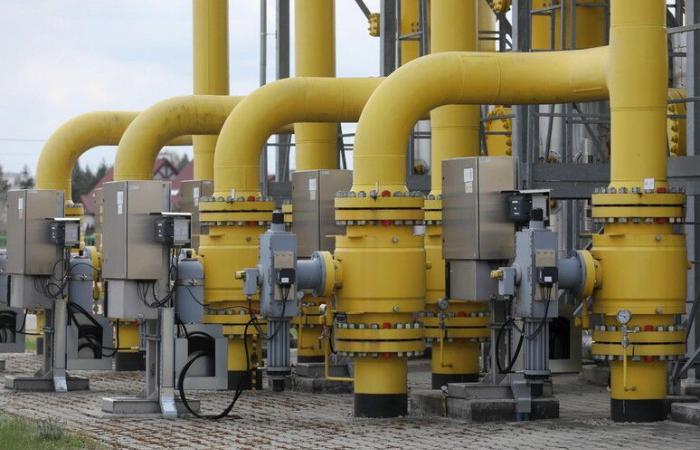In a global context characterized by sometimes unpredictable swings in the energy sector, the opening of the price of natural gas at the Amsterdam market, a key reference point for the European market, showed an unusual calm. The methane future for July delivery recorded a modest increase of 0.5%, positioning itself at 34.6 euros per megawatt hour. It is a relaxed start to the day for a market that has often shown itself able to react with rapid fluctuations to geopolitical changes and variations in global supply and demand.
While the specific data points to a quiet start, it is essential to analyze what this really means for the European and global energy market. In absolute terms, a change of 0.5% may seem minimal, but it is indicative of the underlying dynamics that drive the performance of the gas market. This variation, although slight, can be interpreted as a sign of stasis or, conversely, as the calm that precedes major storms.
Europe, in particular, is in a complex position of energy dependence, given its significant need for imports of natural resources. The continent continues to struggle with a balance between maintaining energy security and adapting to long-term sustainability plans, including reducing carbon emissions and transitioning to more sustainable renewables. In this context, stable natural gas prices are not only an economic indicator, but also a barometer of geopolitical tensions and environmental policies.
Looking deeper, the price of gas is influenced by a variety of factors. From the intensity of demand in the winter months, when energy consumption for heating increases, to production capacity and regulatory policies. Technological innovations that improve the efficiency of extraction and distribution infrastructure also play a crucial role. For example, advancements in shale gas extraction have radically transformed the gas market in the United States, impacting global markets as well.
In this context, the continued adoption of renewables stands out as one of the most relevant elements. The increased use of renewables not only alters the demand for natural gas as a primary energy source, but restructures the entire European energy production and consumption pattern. The energy transition, however necessary, brings with it significant challenges, influencing market prices and outlining new directions for future investments.
In conclusion, while the market opens with a quiet increase in gas prices, the implications of such a move are far from trivial. Every move in gas prices reflects the tensions and complex dynamics of an ever-changing energy market, which remains a critical component of global geopolitics and environmental strategy. The current and future challenges facing Europe are not only economic in nature, but also largely connected to political decisions and ongoing technological developments. Keeping calm in such a dynamic environment may prove to be the real challenge.






